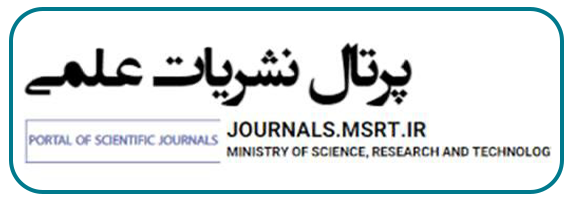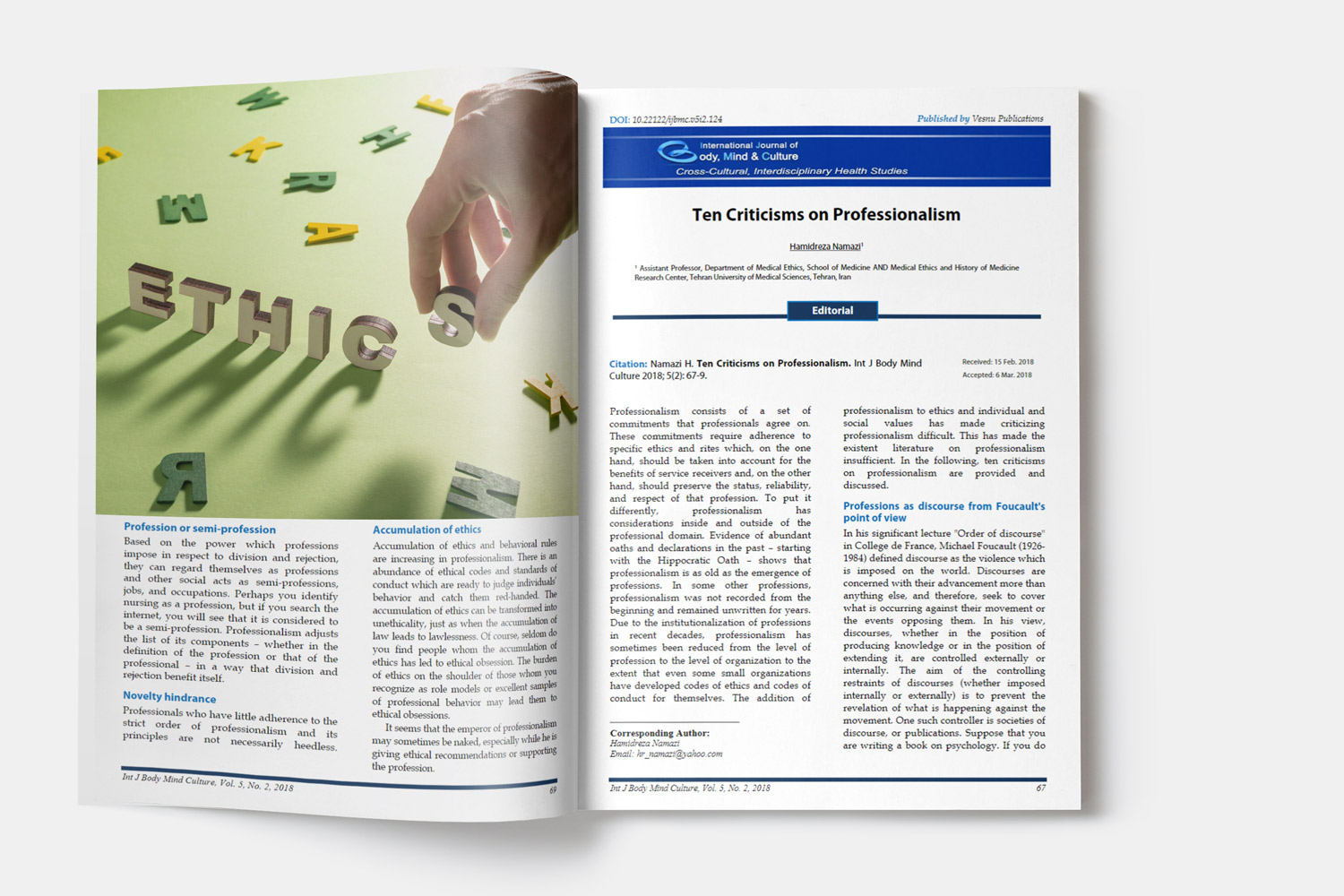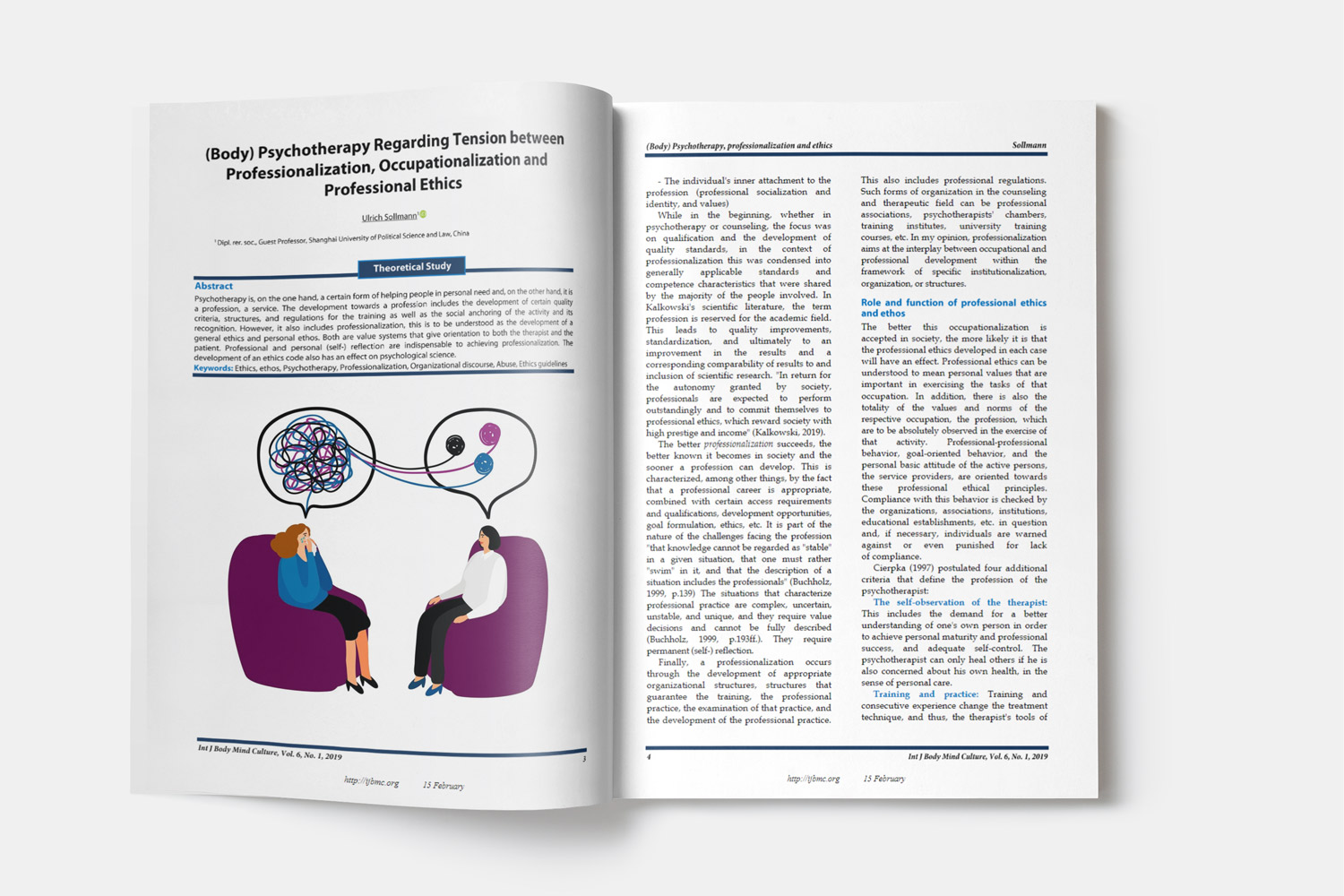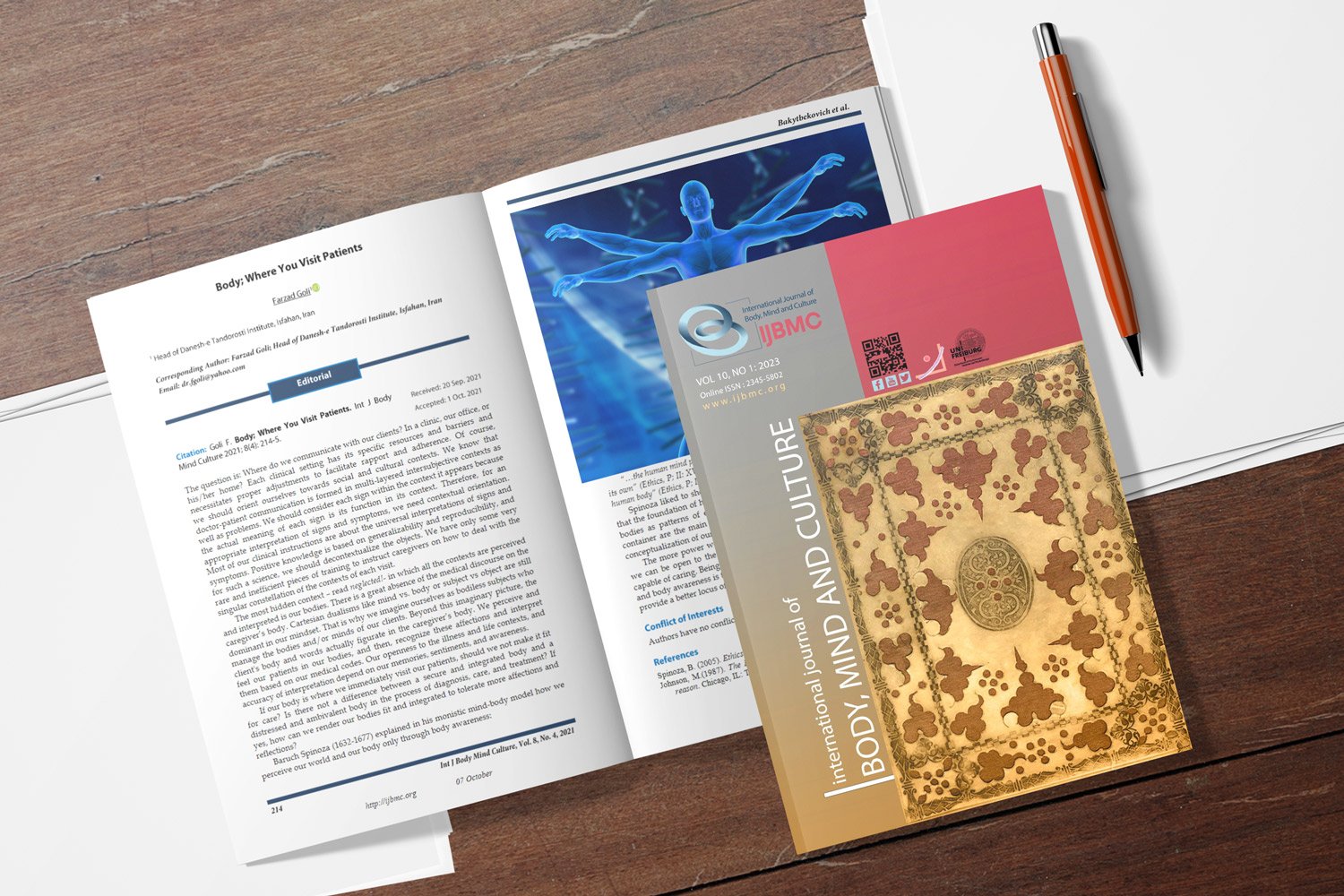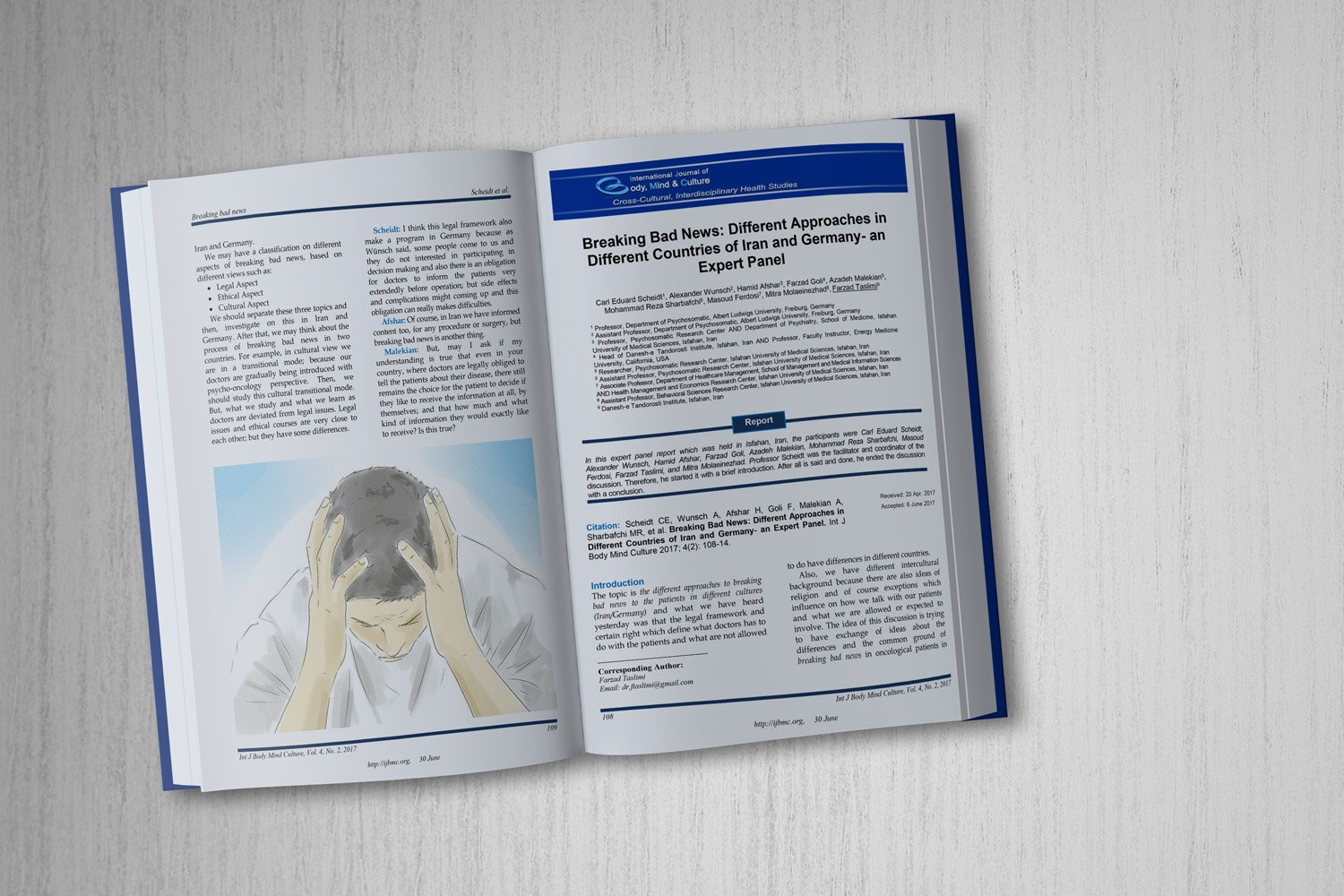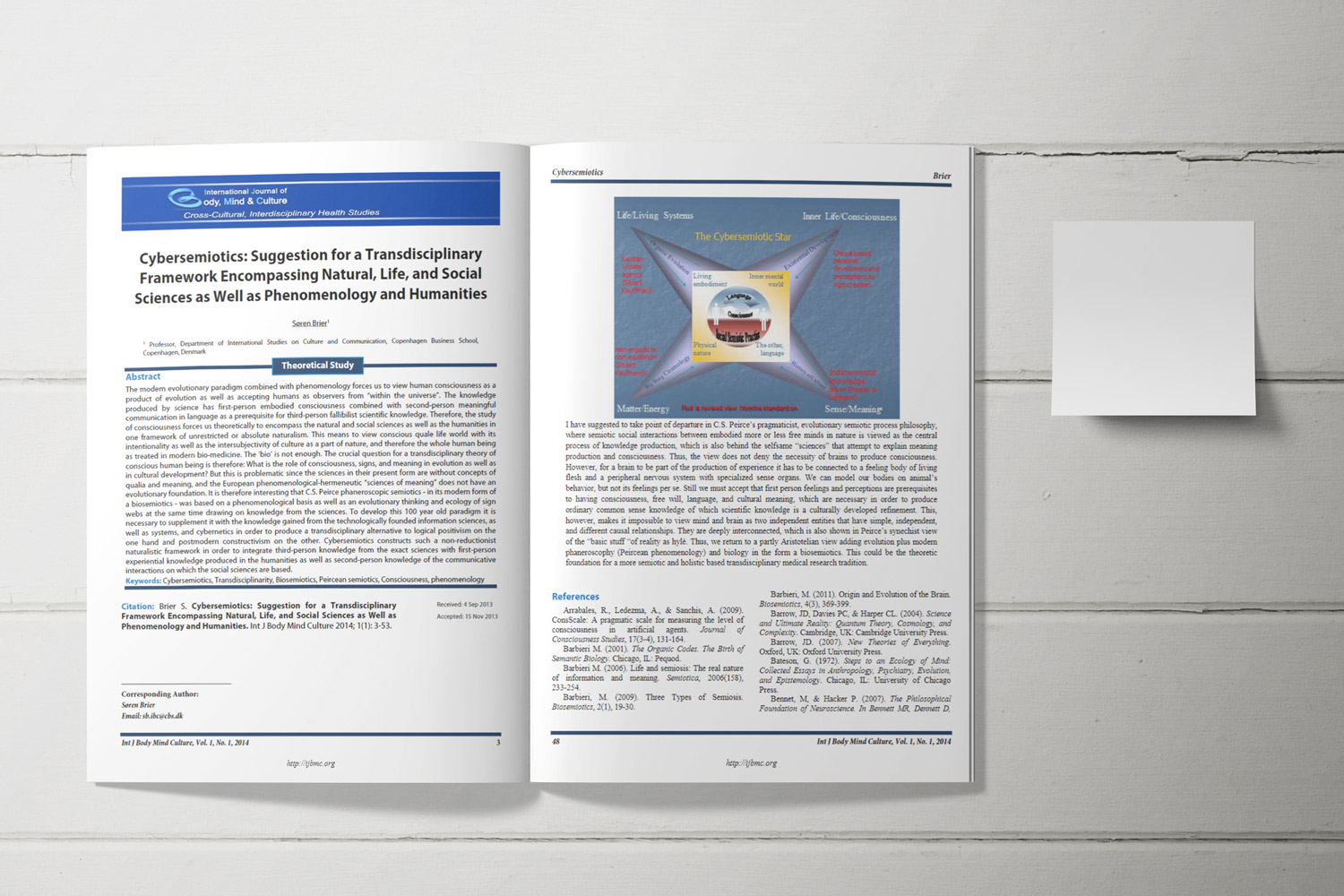Effectiveness of Schedule-Based Paradoxical Therapy on Separation Anxiety Symptoms and Mother–Child Relationship Functioning in Children Aged 6 to 9 Years
Downloads
Objective: Separation anxiety disorder is a common emotional disturbance in children and often disrupts family dynamics. Paradoxical therapy has emerged as a promising intervention strategy, yet its application in schedule-based formats remains underexplored. This study aimed to assess the effectiveness of schedule-based paradoxical therapy in reducing separation anxiety symptoms and enhancing mother–child relationship functioning among children aged 6 to 9 years.
Methods and Materials: A quasi-experimental, pretest–posttest design with a control group was employed. Twenty children diagnosed with separation anxiety were selected from psychological clinics in Saveh City, Iran, in 2024. Participants were randomly assigned to an intervention group (n = 10), which received six weekly 90-minute therapy sessions, or a control group (n = 10). Data were collected using the Separation Anxiety Scale and the Parent–Child Relationship Questionnaire and analyzed via MANCOVA.
Findings: The intervention group demonstrated significant reductions in separation anxiety (F = 6.91, p = 0.016, η² = 0.26) and improvements in mother–child relationship scores (F = 14.97, p = 0.001, η² = 0.42) compared to the control group.
Conclusion: Schedule-based paradoxical therapy effectively reduces separation anxiety symptoms and strengthens the mother–child relationship. This approach offers a culturally adaptable, time-efficient therapeutic option for clinical child psychologists.
Downloads
Abareshi, Z., Tahmasian, K., Mazaheri, M. A., & Panaghi, L. (2010). The effect of psychosocial development promotion program through improved mother-child interaction on parental self-efficacy and the relationship of mothers with children under age three. Quarterly Journal of Psychological Health Research, 3(3), 49-57. https://rph.khu.ac.ir/article-1-115-en.html
American Psychiatric Association. (2013). The diagnostic and statistical manual of mental disorders: DSM 5. Bookpoint: US. https://doi.org/10.1176/appi.books.9780890425596
Basharat, M. A. (2023). Paradox Therapy Course + Anxiety Disorders. University of Tehran.
Basharat, M. A. (2025). Paradox + Timetable = Treatment (Complete Model of Treatment of Psychological Disorders). Tehran: Roshd.
Eisen, A. R., & Schaefer, C. E. (2005). Separation anxiety in children and adolescents. New York: Guilford Press. https://books.google.com/books/about/Separation_Anxiety_in_Children_and_Adole.html?id=dylpX1RG9-wC
Essau, C. A., Gabbidon, J., Essau, C. A., & Ollendick, T. H. (2013). Epidemiology, comorbidity and mental health service utilization. In The Wiley-Blackwell Handbook of the Treatment of Childhood and Adolescent Anxiety (pp. 1-15). Wiley-Blackwell. https://doi.org/10.1002/9781118315088.ch2
Hahn, L., Hajinlian, J., Eisen, A. R., Winder, B., & Pincus, D. B. (2003). Measuring the dimensions of separation anxiety and early panic in children and adolescents: The Separation Anxiety Assessment Scale.
Lebowitz, E. R., Woolston, J., Bar-Haim, Y., Calvocoressi, L., Warnick, E., Schahill, L., Chakir, A. R., Shechner, T., Hermes, H., Vitulano, L. A., King, R. A., & Leckman, J. F. (2013). Family accommodation in pediatric anxiety disorders. Depression and Anxiety, 30(1), 47-54. https://doi.org/10.1002/da.21998
Mofrad, S., Abdullah, R., & Abu Samah, B. A. (2009). Perceived parental overprotection and separation anxiety: Does specific parental rearing serve as a specific risk factor. Asian Social Science, 5(2), 109-116. https://doi.org/10.5539/ass.v5n11p109
Saadati, N., Al-Dossary, S. A., Coelho, O., Rostami, M., Bulut, S., Parsakia, K., ... & Abadi, P. M. (2025). Investigating Psychological Adaptations of Parents to Childhood Disabilities. Archives of Rehabilitation, 26(1), 118-133. https://doi.org/10.32598/RJ.26.1.3892.1
Zolog, T. C., Ballabriga, M. C. J., Bonillo-martin, A., Canals-sann, J., Hernandezmartinez, C., & Romero-acosta, K. (2011). Somatic complaints and symptoms of anxiety and depression in a school-based sample of preadolescents and early adolescents. Functional impairment and implications for treatment. Journal of Cognitive and Behavioral Psychotherapies, 11(3), 191-208. https://psycnet.apa.org/record/2011-25623-006
Copyright (c) 2024 International Journal of Body, Mind and Culture

This work is licensed under a Creative Commons Attribution-NonCommercial 4.0 International License.






